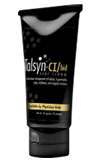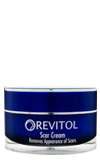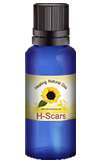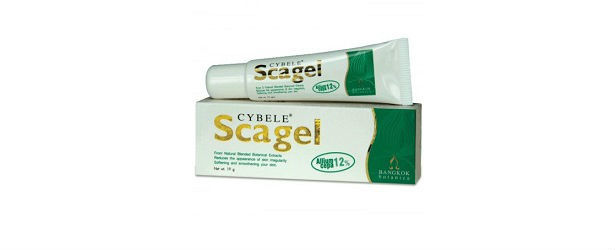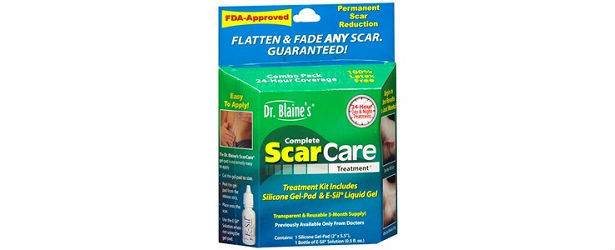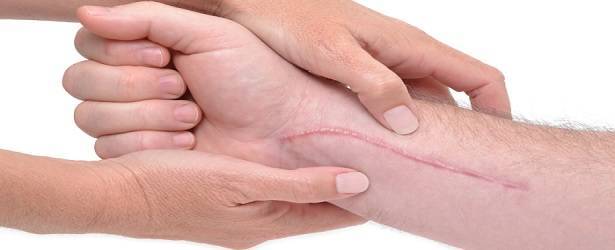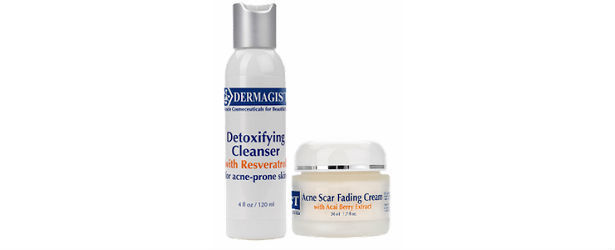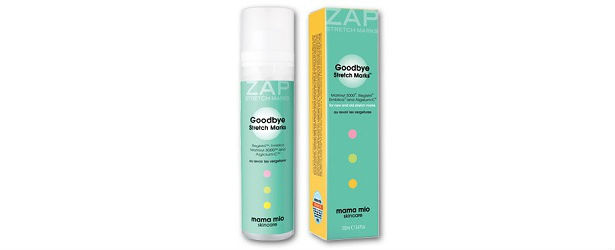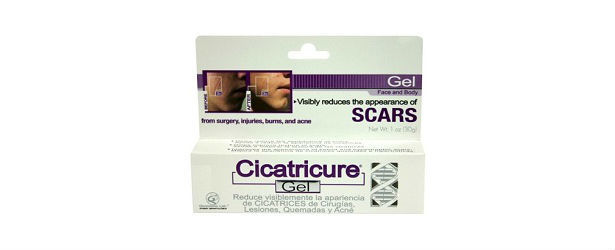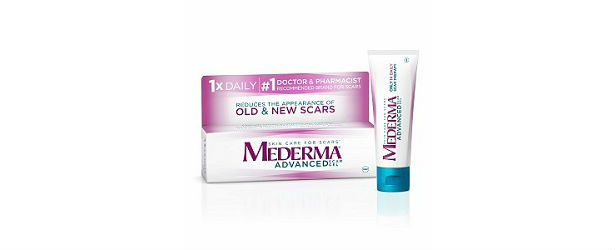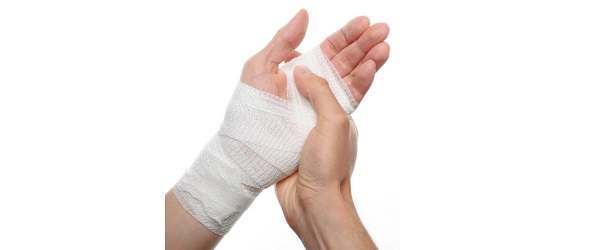
Treatment for Puncture Wound Scars
 Puncture wounds may be a medical emergency. If you or someone you know receives a puncture wound to the eye or throat or any puncture wound with excessive bleeding, apply pressure right away and seek medical attention. Do not attempt to remove any objects lodged in the body. Call 911 if the wound is to the abdomen or chest, or if the person has difficulty breathing or is dizzy, unconscious, or vomiting.
Puncture wounds may be a medical emergency. If you or someone you know receives a puncture wound to the eye or throat or any puncture wound with excessive bleeding, apply pressure right away and seek medical attention. Do not attempt to remove any objects lodged in the body. Call 911 if the wound is to the abdomen or chest, or if the person has difficulty breathing or is dizzy, unconscious, or vomiting.
Treatment at Home
Treatment for puncture wound scars begins at the time of injury. When an injury occurs, first make sure that it is not life threatening and that you are able to stop the bleeding. If the wound is deep and open, you may still need to contact a doctor.
Also contact a doctor if you sustain an animal bite, a human bite, a rusty nail wound or wounds that are near the neck, abdomen, or chest. Never remove a lodged object yourself. But if it is a splinter, you may carefully attempt removal yourself. Always take the object out in the same direction as its entry into the body. Clean puncture wounds by flushing with cold water for several minutes. Make sure any debris is cleaned from the wound. Place an antibiotic cream on the wound to prevent entry by bacteria.
Use a bandage and clean the wound daily, applying antibiotic cream after cleaning, until the wound edges close and come together. Keep an eye on the wound and watch for signs of redness around the edges or drainage of pus. If this begins to happen, you may need to contact a physician.
Follow-Up Care for Puncture Wounds
Many puncture wounds can be easily treated on site with no complications as long as the open area is cleansed and covered immediately. More severe wounds or infected wounds may need to be seen by a physician. Watch for signs of redness, bleeding or swelling, which could mean the wound is infected and you may need oral antibiotics.
Some puncture wounds also require a tetanus shot to prevent tetanus infection caused by rusty nails or animal bites.
Long-Term Treatment of Puncture Wound Scars
After the wound has closed, there may be a prominent scar that you would like to heal. Remember, this scar is the result of the body’s healing process and a buildup of new skin tissue that just looks different than the skin that was there before.
You can help reduce the appearance of this scar tissue by keeping it moist, nourished, and exfoliated of dead skin cells. Try a silicone gel product, a good moisturizer with nutrients, and an occlusive dressing to hold in the moisture and keep bacteria away from the area. This process may take awhile but is well worth the effort. For those who don’t have the time for topical scar removal, there are some costly medical procedures, including laser treatments, surgery and microdermabrasion.
TOP 5
SCARTreatments |
|||||
| Scarinex | Talsyn-CI | Kelo-cote | Revitol | H-Scars | |
|---|---|---|---|---|---|
| 1 | 2 | 3 | 4 | 5 | |
| Price (1 bottle) Price (4 bottles) Best Value |
$49.95 $139.70 |
$39.95 $239.70 |
$99.99 $599.94 |
$39.95 $239.70 |
$69.95 $419.70 |
| Overall Rating | 99.40% | 82.20% | 74.90% | 70.30% | 67.60% |
| Performance* |





|





|





|





|





|
| Speed of Results* | Extremely Fast | Good | Average | Slow | Slow |
| Quality of Ingredients | Premium | Good | Average | Average | Unknown |
| Customer Satisfaction Evaluation | 99% | 80% | 70.60% | 68% | 65% |
| Safety Evaluation | Safe for Use | Safe for Use | Safe for Use | Safe for Use | Safe for Use |
| Customer Service Rating |





|





|





|





|





|
| Reorder Rate | Highest | Good | Average | Average | Average |
| Return Policy | Risk Free | Risk Free | No Guarantee | Unopened Only | Risk Free |
| Success Rate | 99.20% | 81% | 72% | 69.30% | 66.10% |

 Subscribe Now
Subscribe Now
